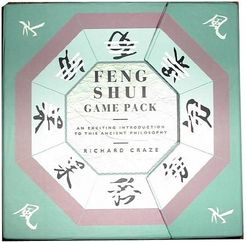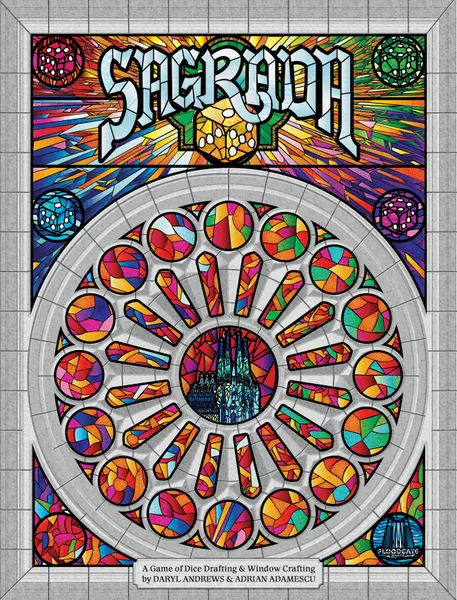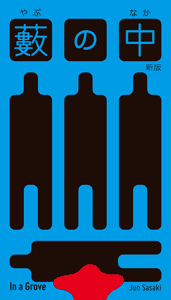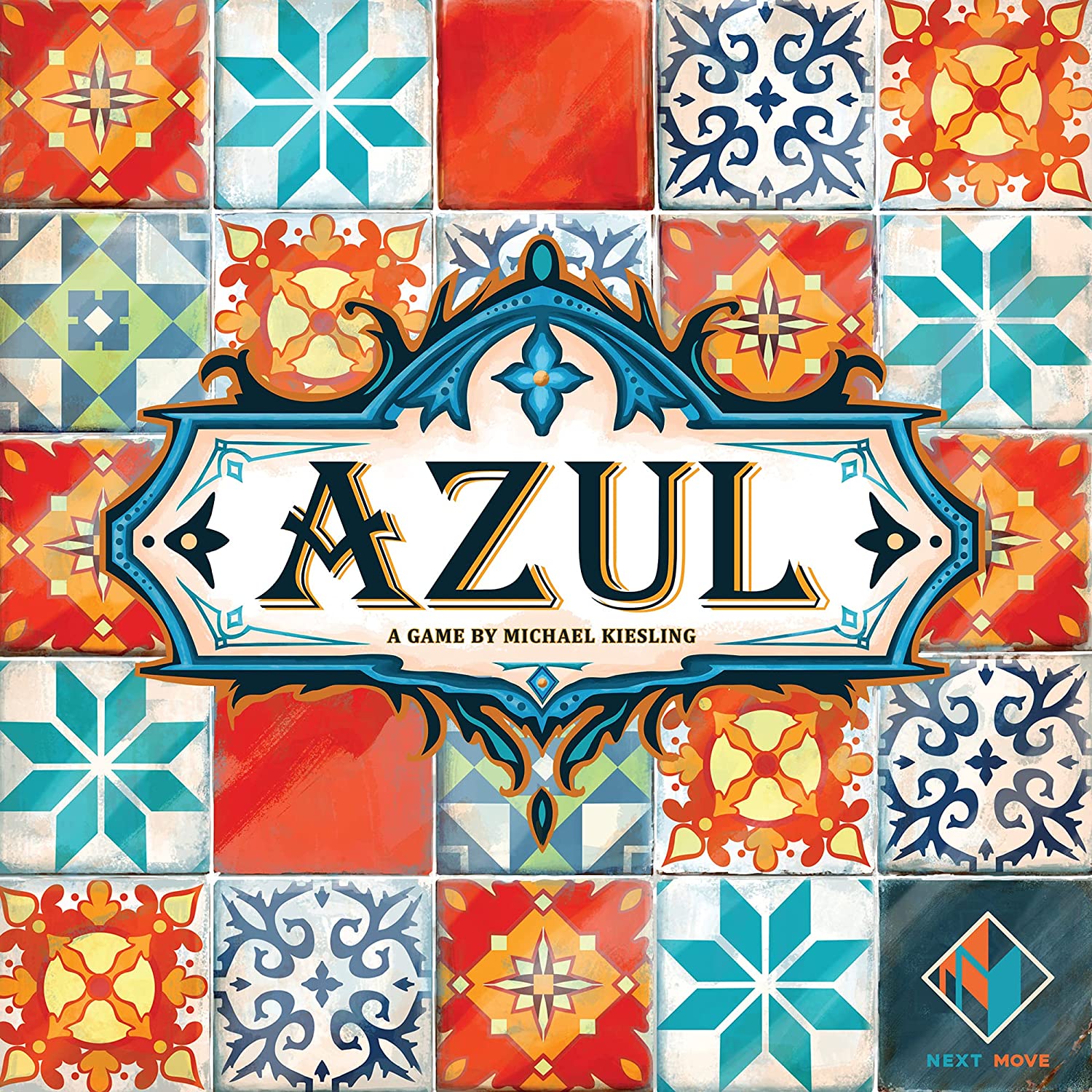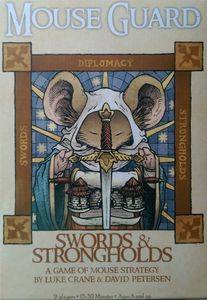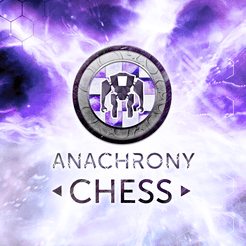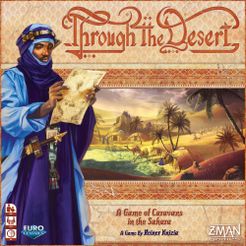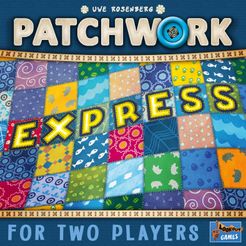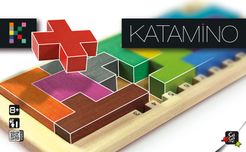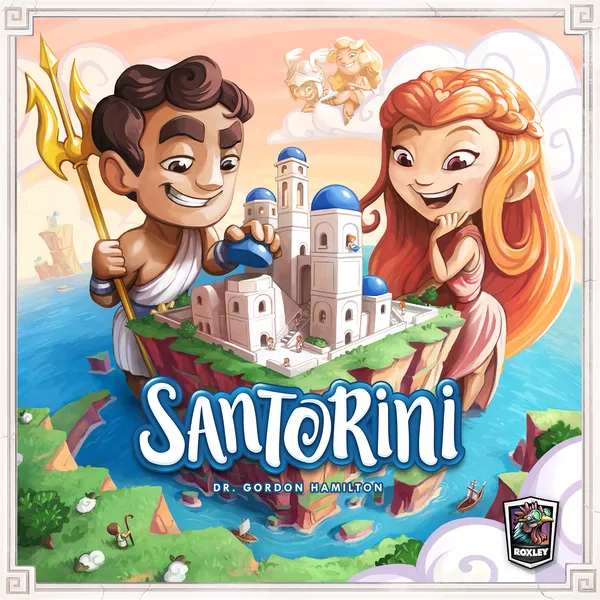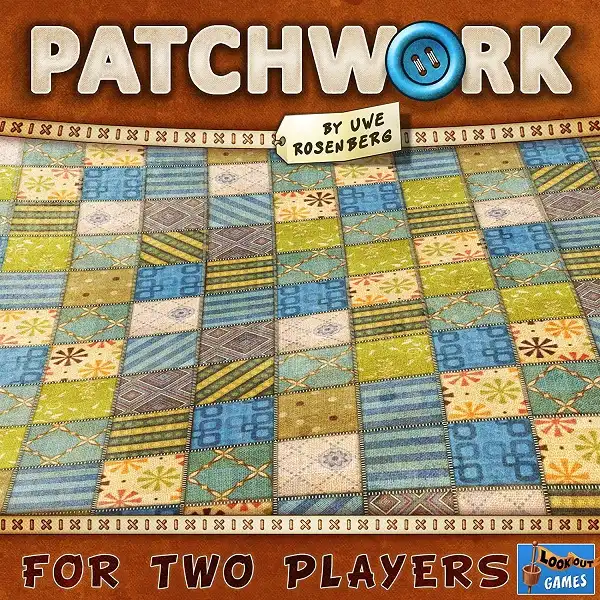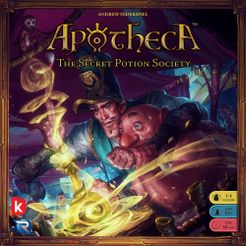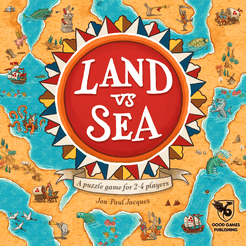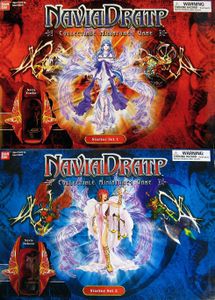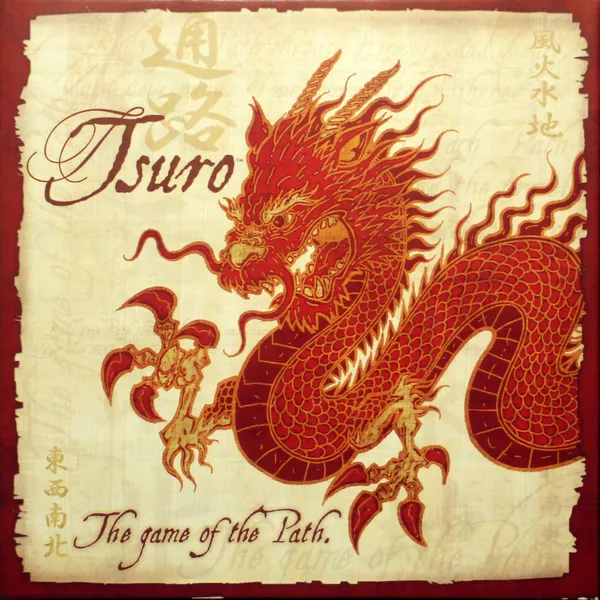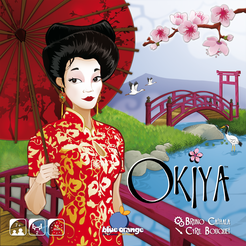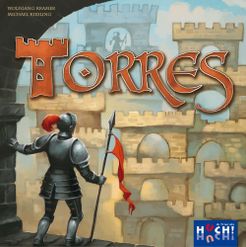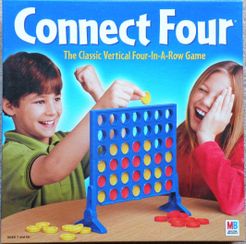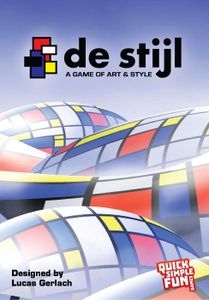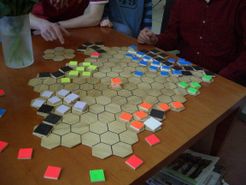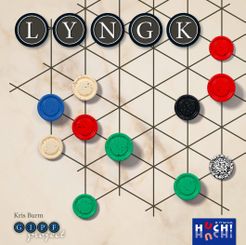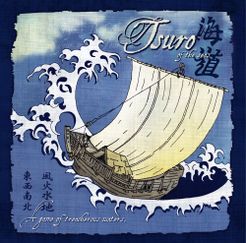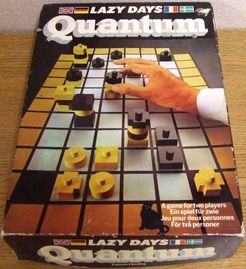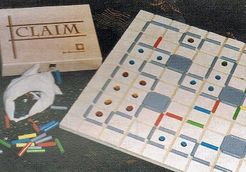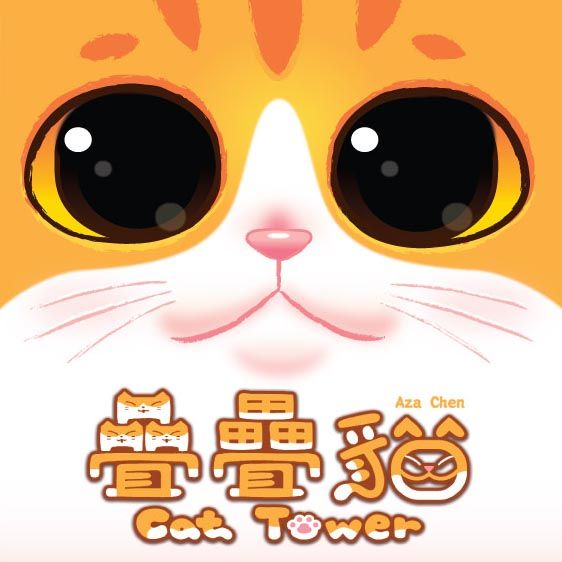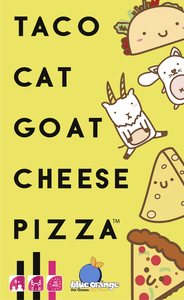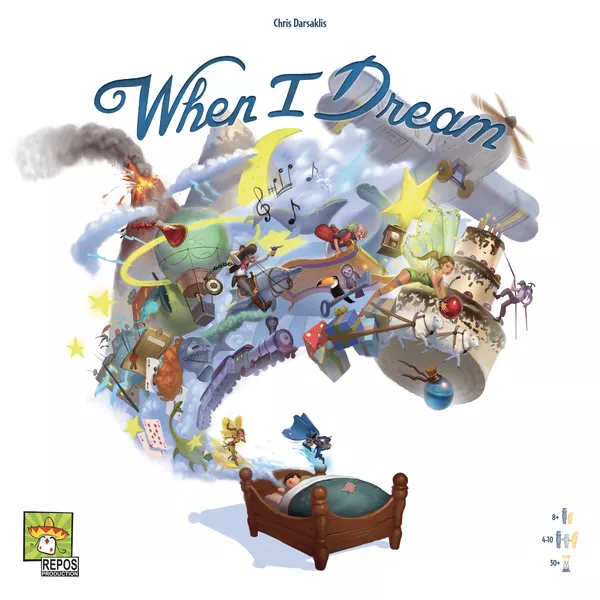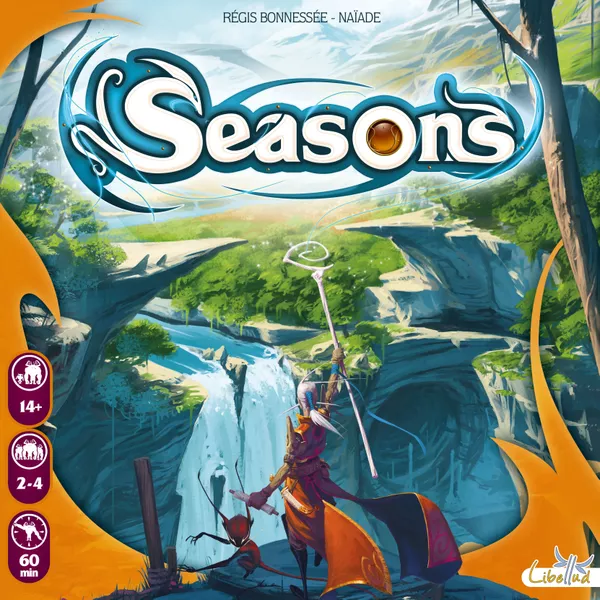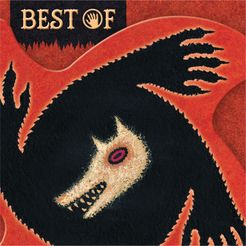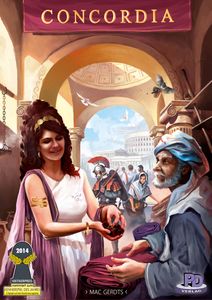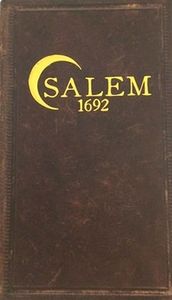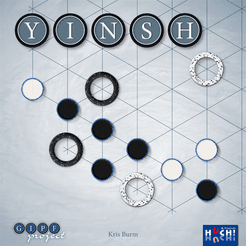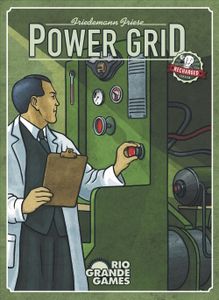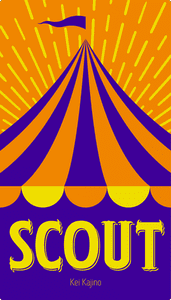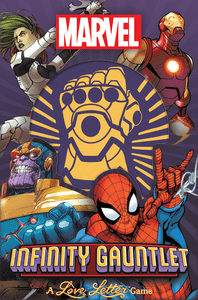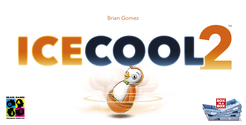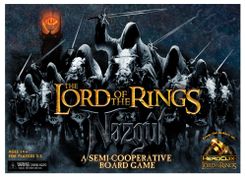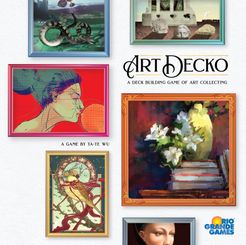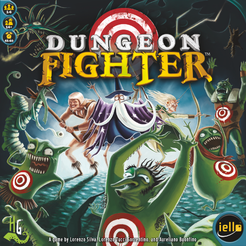Feng Shui Game Pack (1997)
Tác Giả: Richard Craze
Nhà Phát Hành: ArsEdition, Edizioni Il Punto d'Incontro, Stewart Tabori & Chang
- Giới Thiệu
- Hướng Dẫn
- Video
- Chơi Ngay
- Đánh Giá & Bình Luận
One player plays the god Yin, the another the god Yang. Players have a selection of square tiles divided into three types: Chi, Remedy and Sha tiles. The basic tiles are the Chi tiles, which are used to develop the flow of Chi across the board. They come in eight types: ten each of connecting tiles which take the chi energy from one edge of the square to one two or three other edges. There are a further eight Chi ending tiles, two each of four deigns which are needed to terminate unneeded Chi paths. There are also eight Sha tiles, two each corresponding to the the four Chi tiles. This can be placed upon the corresponding opponents tile and thereby blocking the flow. However, a player can overcome these blocks by using the Remedy cards, again two each corresponding to the four Chi tiles.
Each player draws a hand of four tiles (called a reserve) and each turn they can place one tile on the 8 x 8 board. (This is decorated with a Maltese Cross, which it appears only has a psychological effect, as there is no reference to it in the rules.) Starting at the entrance to their respective palace, each player seeks to develop a flow of chi to the other side of the board. As they play a tile, each player can replenish their reserve from their stock. If they are unhappy with their reserve they can replace up to the entire four tiles of the reserve, which then constitutes the entirety of their turn.



